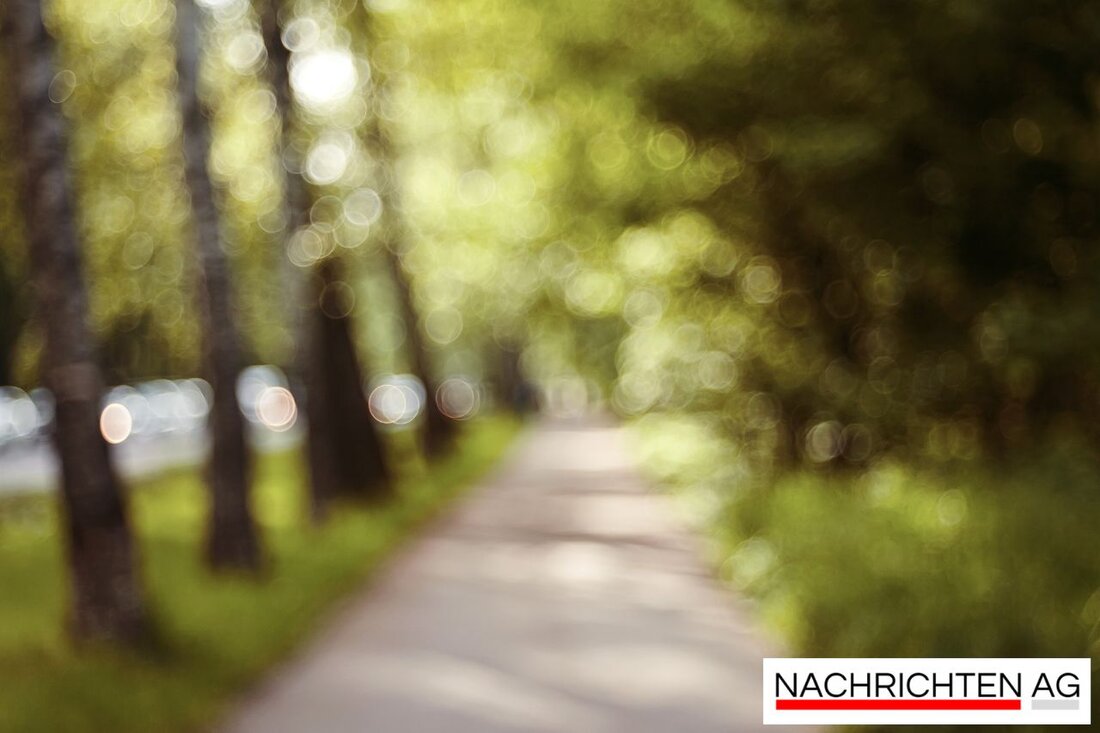New solar park in Seehausen: Cities benefit from millions!
In Seehausen, solar parks are being built at three locations, which promotes citizen participation and trade tax revenue.

New solar park in Seehausen: Cities benefit from millions!
In the Hanseatic city of Seehausen, work is underway to build solar parks at at least three locations. Loud az-online.de An investor from Berlin is planning to generate environmentally friendly electricity on an area of around 10 hectares located between the railway line and the B 189. The other planned locations include an area on the B 189 near the city center as well as areas in the Schönberg and Behrend districts.
The city of Seehausen benefits significantly from this investment. It receives 100% of the trade taxes as well as concession fees of 0.002 euros per kilowatt hour. A company from Munich also has plans for a project in Schönberg, which should lead to trade tax generation of at least 90% in Seehausen over a period of 30 years. During this time, trade tax will be in the seven-figure range.
Citizen participation and resistance
Another aspect of solar parks is the possibility of citizen participation. Interested citizens can contribute financially to the facility starting with an amount of 50,000 euros. Investing in solar energy offers several models of citizen participation, such as solar-direktinvest.de explained. Cooperatives are considered a particularly safe and profitable form of participation that have existed for over 170 years and were recognized by UNESCO as intangible cultural heritage in 2016.
Despite these positive prospects, there is resistance to the planned location in Behrend. At a citizen information event in the spring, residents called for changes. This shows that not only the economic benefit, but also the acceptance of the locally affected population is crucial for the success of such projects.
Electricity generation and supply
The plan is to generate 21 million kilowatt hours of electricity annually, which would be enough to supply over 6,000 households with energy. However, development has not yet started, although the city council had already discussed the locations. This raises questions about the timing and implementation of the projects, or about the balance between ecological goals and local resistance.
Overall, the developments in Seehausen show an exciting combination of ecological responsibility and financial opportunity for the city and its citizens. The discussion about the solar park and possible solutions for citizen participation are an important step into the future of sustainable energy production.

 Suche
Suche
 Mein Konto
Mein Konto
